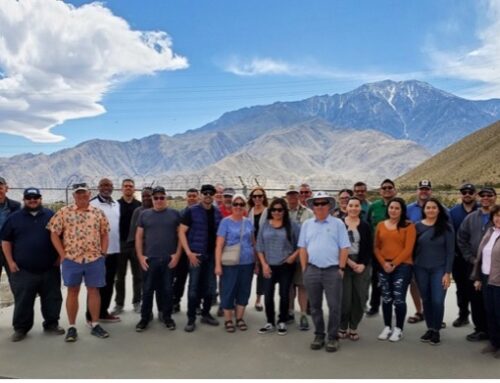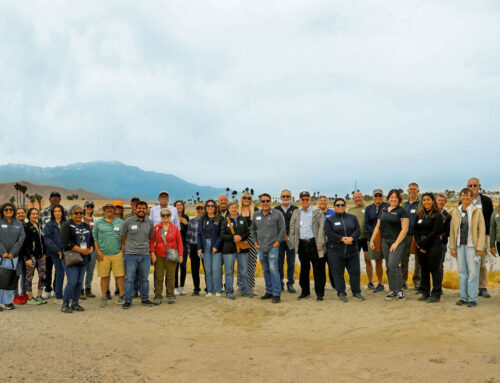As the California drought continues for the second year in a row, questions are arising in the community surrounding a water agency’s role in decision making for new development projects.
Water agencies view drought and climate change as serious issues that impact the entire planet. They are responsible for managing water supplies to meet the needs of current and future residents including businesses and city/county master plans.
Ultimately, cities and counties are responsible for approving or denying development in their communities. Most large development projects must comply with the California Environmental Quality Act (CEQA), which also requires an Environmental Impact Report (EIR).
A Water Supply Assessment (WSA) is the water piece of the EIR. A WSA determines whether the public water system’s total projected water supplies available will meet the projected water demand associated with the proposed project in normal, single-dry, and multiple-dry water years during a 20-year projection. This is in addition to the public water system’s existing and planned future uses.
The purpose of these documents is to analyze and disclose a project’s potential effects on the natural and human environment, and to also identify measures and alternatives to avoid significant effects. Lead agencies such as a city or a county use these documents to guide decisions on projects. A water agency’s approval of a Water Supply Assessment does not recommend or provide an opinion on whether a city should approve or deny a project.
Local water agencies work together on long-term water management plans that outline the supplies we have and how we manage them using scientific data and analysis. These plans account for the following concerns:
- Future water demand projections including city and county masterplans for development
- 5-year drought risks
- Seismic risks
- Water shortage contingency plans
- Climate change
Local water agencies are committed to managing our local water supplies and encourage water conservation as a way of life.






